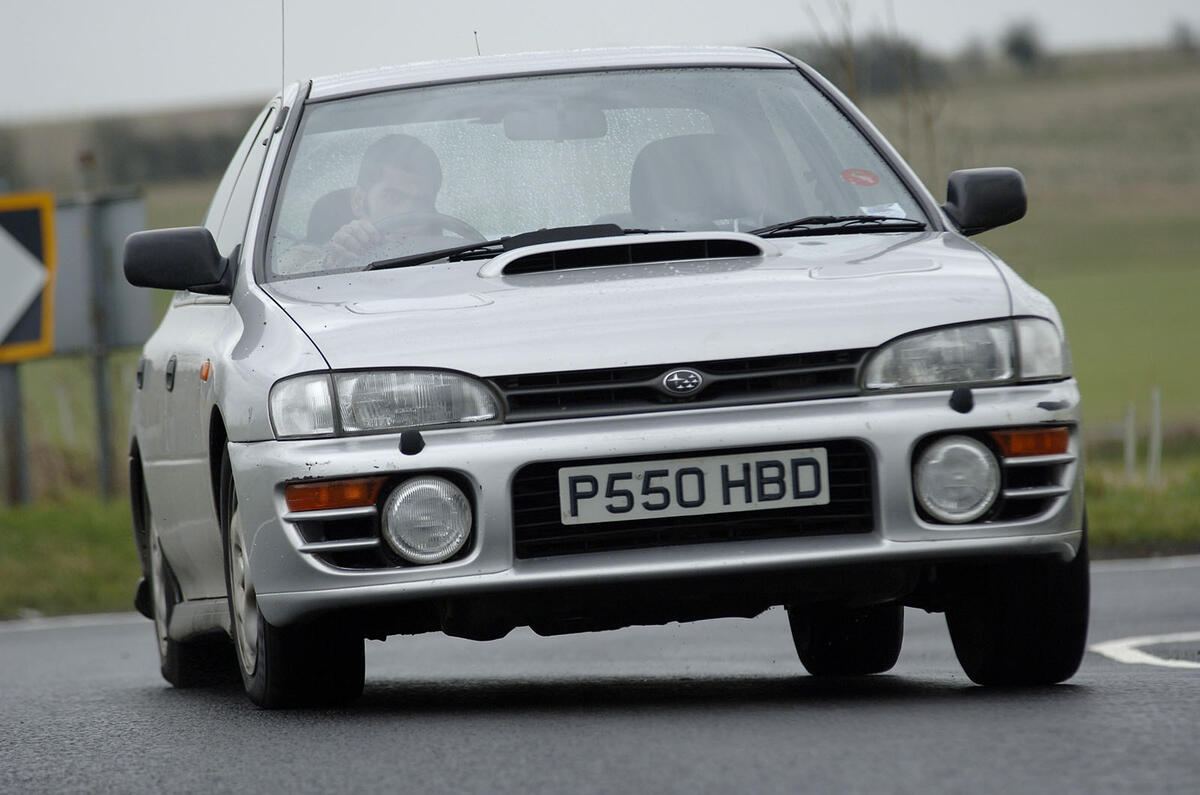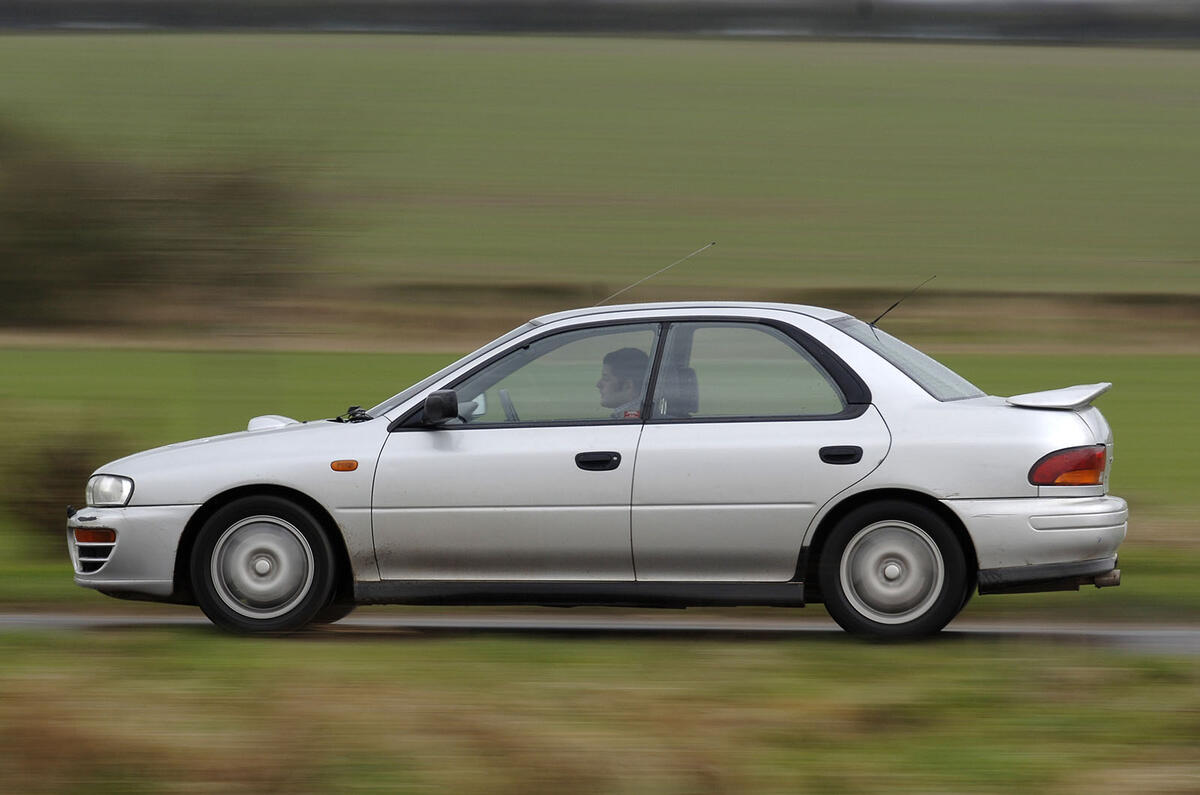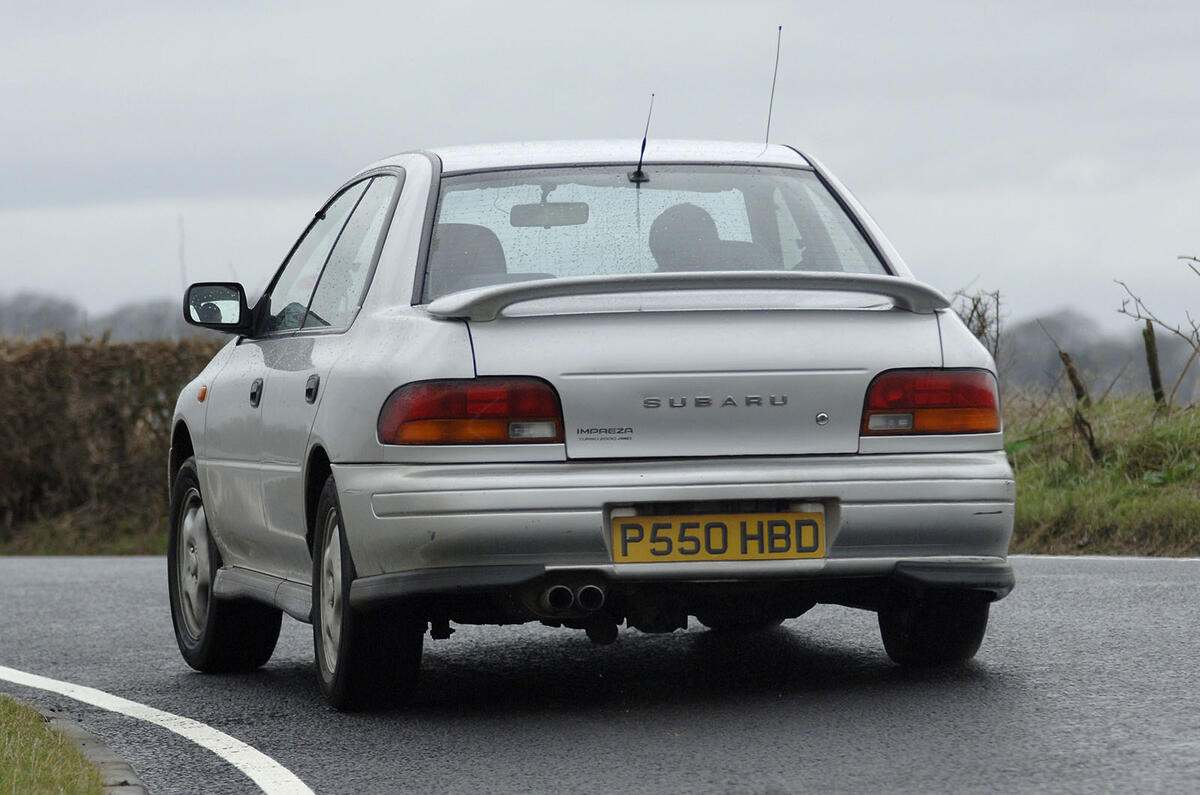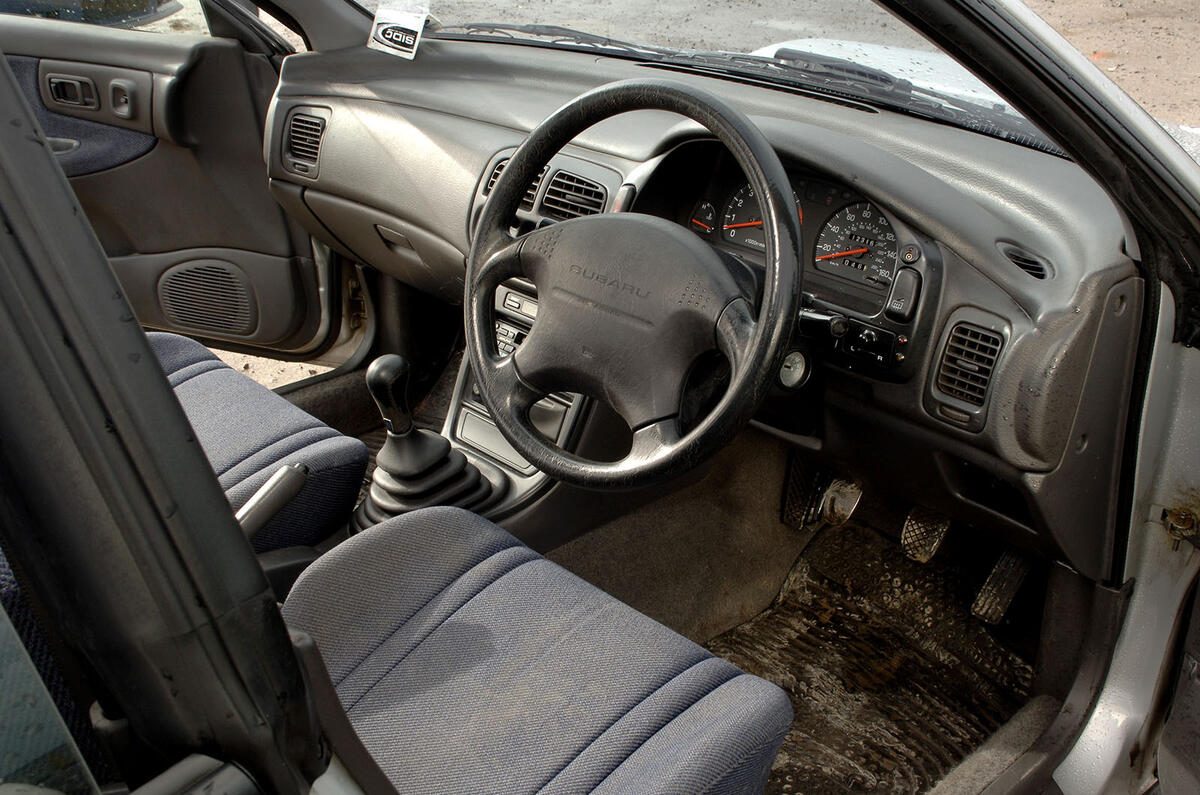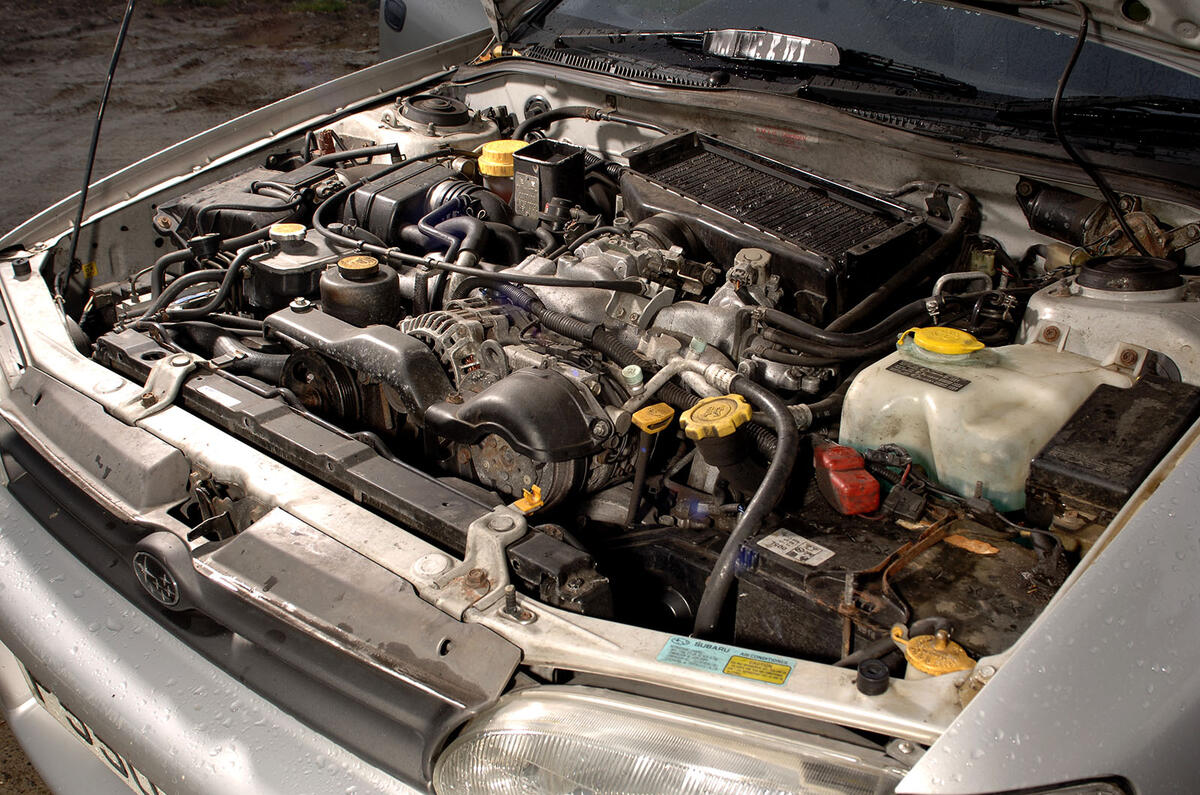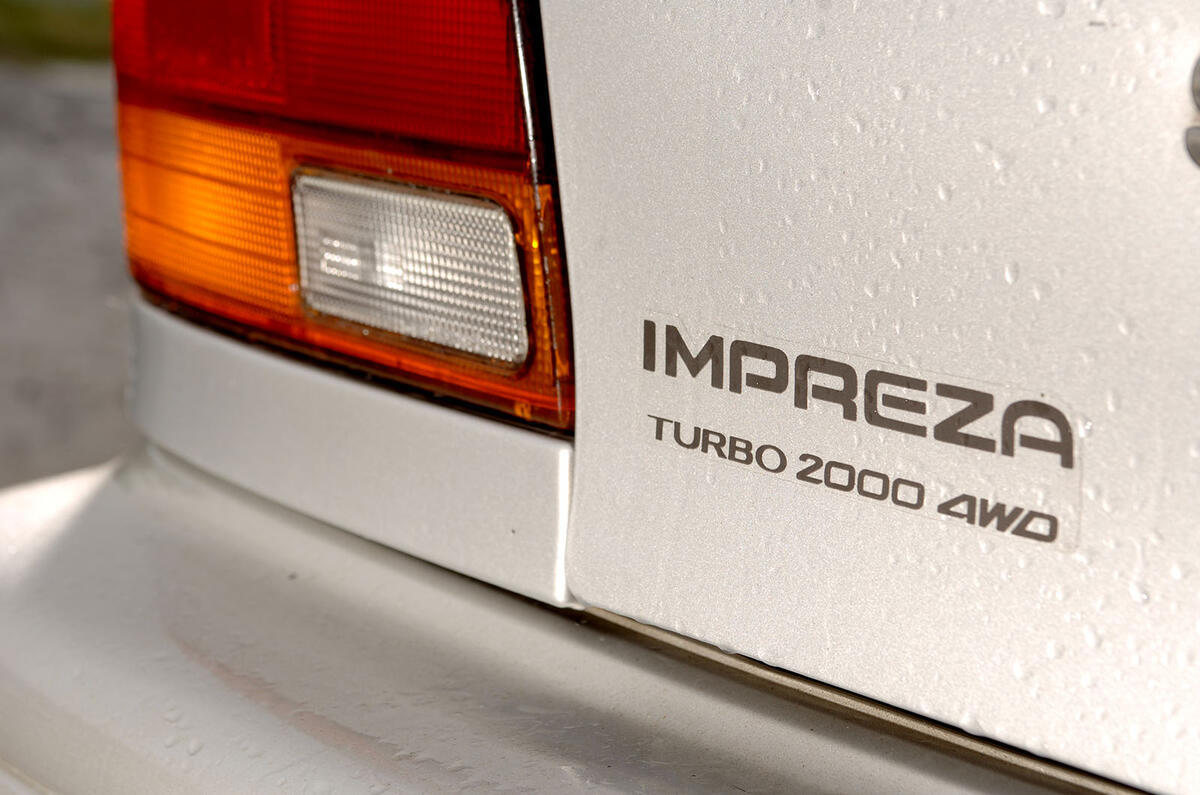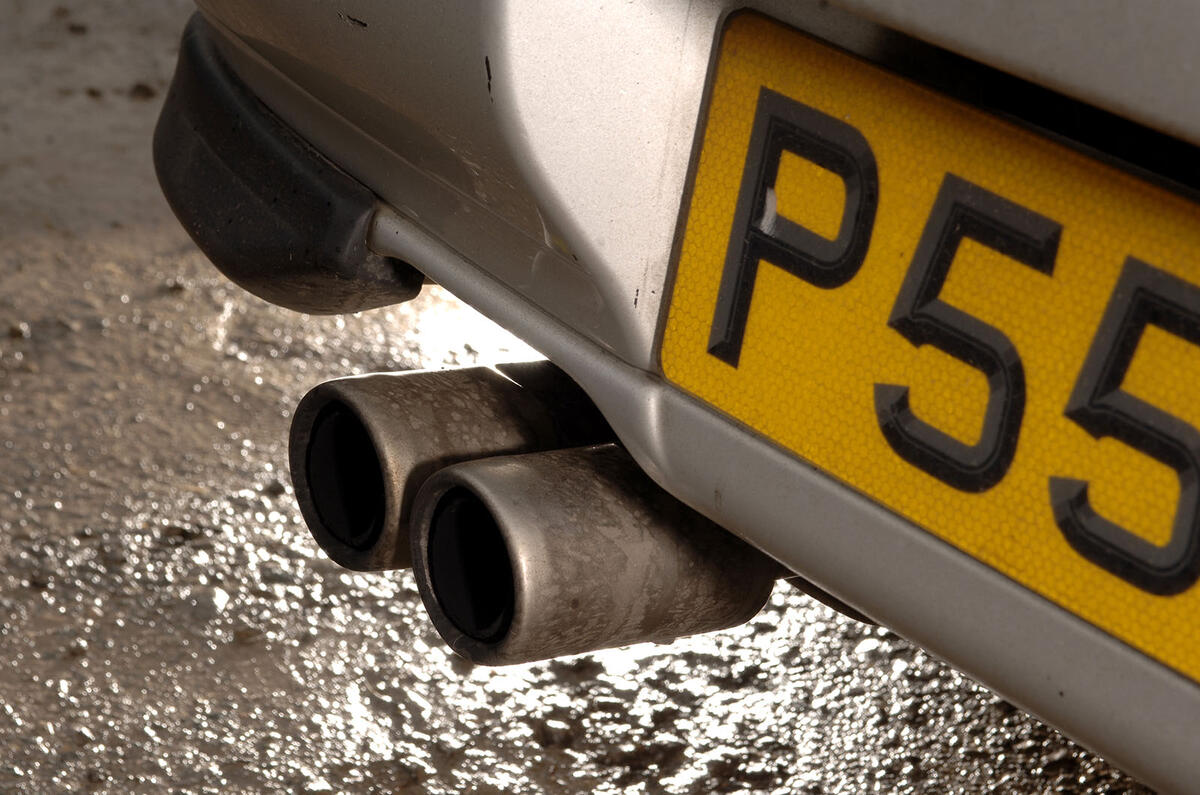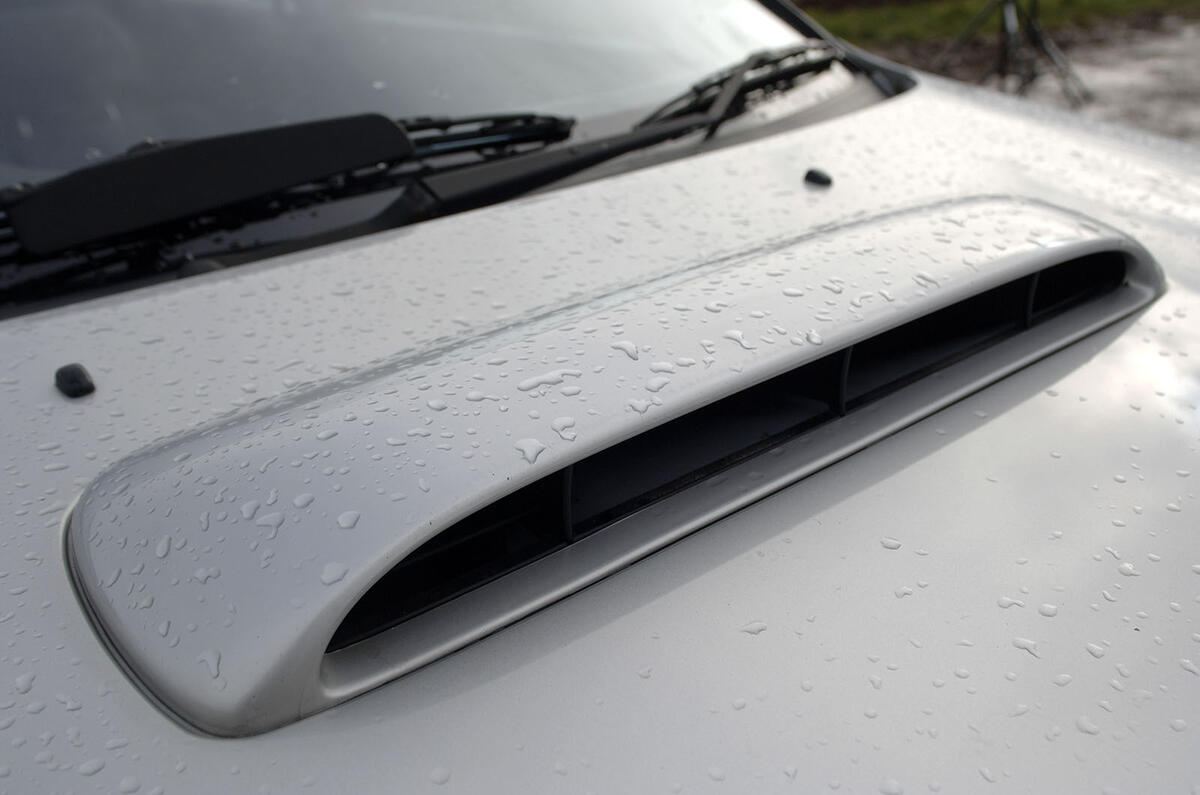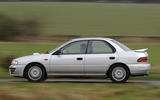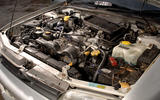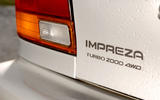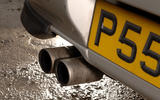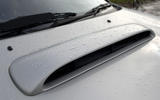Engine: Unless it was modified by a reputable firm, a tuned Impreza is likely to have been overstressed or run lean, which can damage the pistons. Whether it’s standard or not, listen for big-end and piston slap and get a compression test done. Head and cam cover gaskets are common sources of leaks.
Gearbox: Even when new, it was prone to baulking when hurried, and the passing years haven’t improved things. Notchy gearchanges can be expected, especially on pre-facelift cars. If it jumps out of fifth gear, tighten the nut at the back of the gearbox. If it falls off, replace it.
Suspension and brakes: Seized pistons are common. Don’t expect the suspension to be entirely original. At least if it’s loose or saggy, new Polybushes are a fairly simple fix that should tighten things up.
Steering: Criticised for being light, in part the effect of the oversized wheel, the steering was at least accurate and precise, so tolerate nothing less.
Interior: The cabin’s hard, scratchy plastics have nevertheless withstood the test of time very well. Parts for standard cars are relatively easy to find – not so those for limited editions.
Body: The earliest cars are now 30 years old, so unless it has been garaged, the one you’re looking at is likely to be showing signs of corrosion around the wheel arches and sills, especially towards the rear.
This is where Japanese imports, with their reduced exposure to road salt, have fared better. The real killer is corroded rear strut turrets. Patching isn’t the solution: the whole thing will need to be cut out and replaced at considerable expense.


